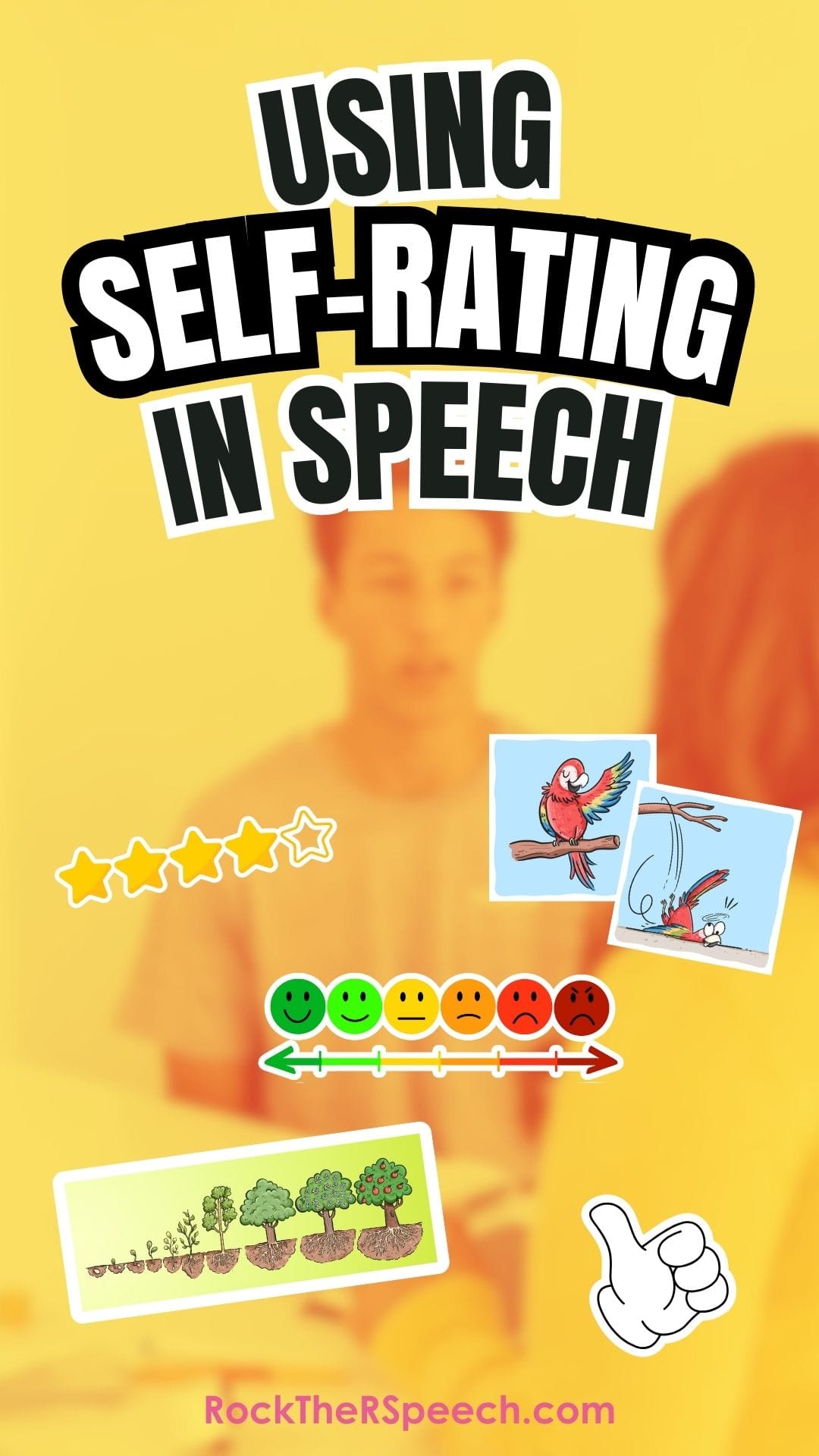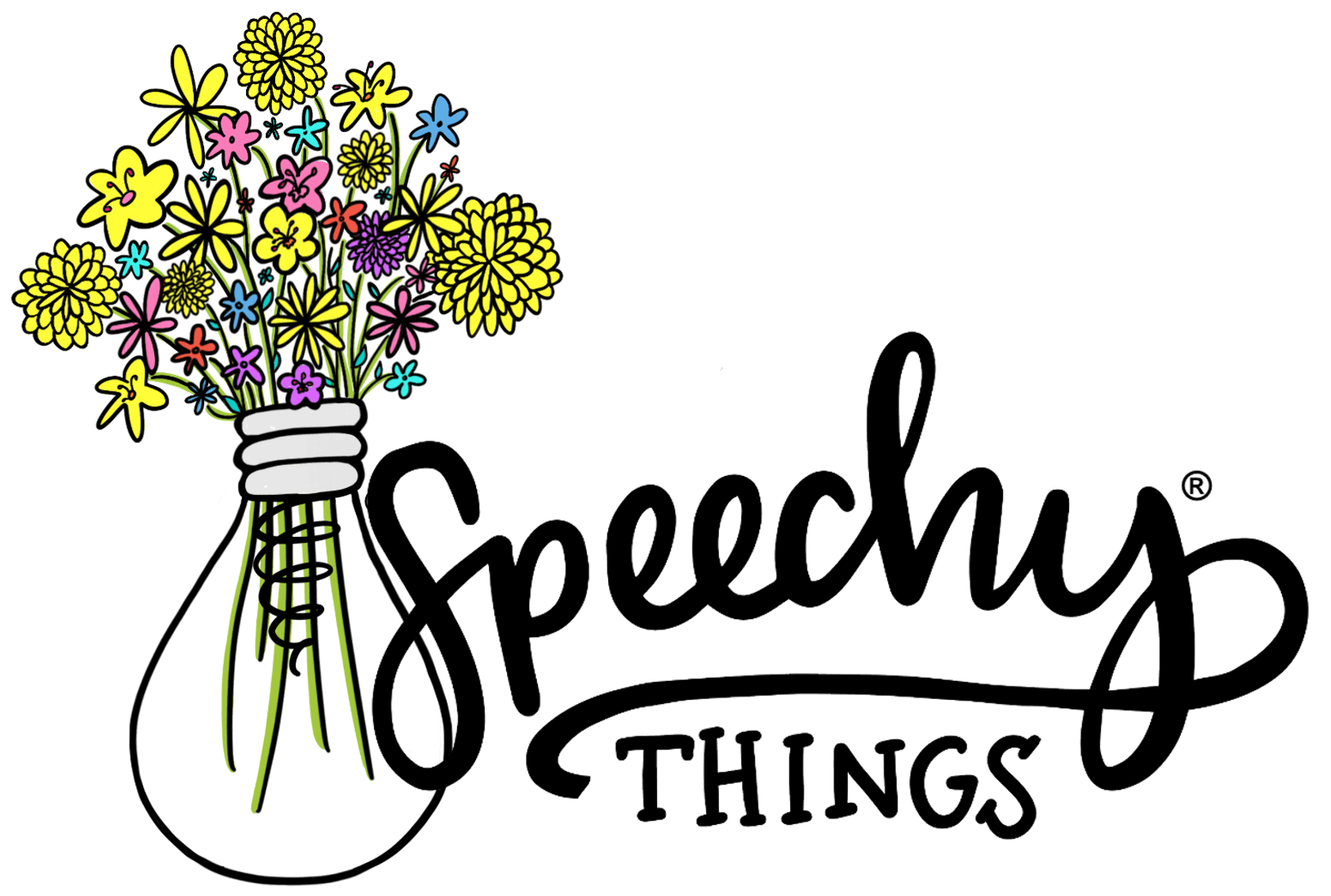Everybody knows R therapy can be really disheartening. There’s a reason it’s widely referred to as, “That Darn R.”
Let’s face it, our R kids can lose motivation fast when they do the same thing every session and never feel successful.
You spend days, weeks, months (YEARS!?) shuffling through every single trick in your bag to no avail. Even my own favorite, go-to approach doesn’t work for every single student. I try my best to figure out if bunched or retroflex is best for a student, but sometimes I have to switch gears even at that basic level. It can be so frustrating for all involved, but we need to keep spirits high.
.
.
So what can we do to make R speech therapy feel more successful and stay productive?
.
.
Hint: it has nothing to do with whether the student can produce an R sound.

.
.
Here’s what I do…
1. Always start with auditory discrimination. Make sure your student can discriminate between an R and a /w/ sound, and for some students, you may even need to check that they can discriminate between R and /l/. You can start by sorting words onto R and L/W mats, and certainly use minimal pairs.
.
.
2. Keep that phonological awareness in the mix. I like to ask students how many Rs are in a particular word that was just spoken, or even how many were in a phrase we read in a book. It always helps to have scaffolded resources for R awareness, but you can absolutely do this on the fly as well. You will be surprised at how difficult this is for even your brightest students. My favorite way to target this is with these Boom Cards. It makes it SO EASY to quickly pull up and give a little pause from trying to elicit the R sound. Let’s face it… sometimes it’s not just the student who needs the break.
.

.
.
If you can mix those two components into your R speech therapy sessions, especially your early sessions, then you can feel confident that you are approaching the challenge from every angle.
Not only that, but you are also laying some excellent groundwork for generalizing that darn R!
.
.
Want more R tips? Click here to receive a freebie that helps explain the difference between retracted and retroflex R, as well as more epic R tips.
.
Go get ’em, tiger!
















One Response